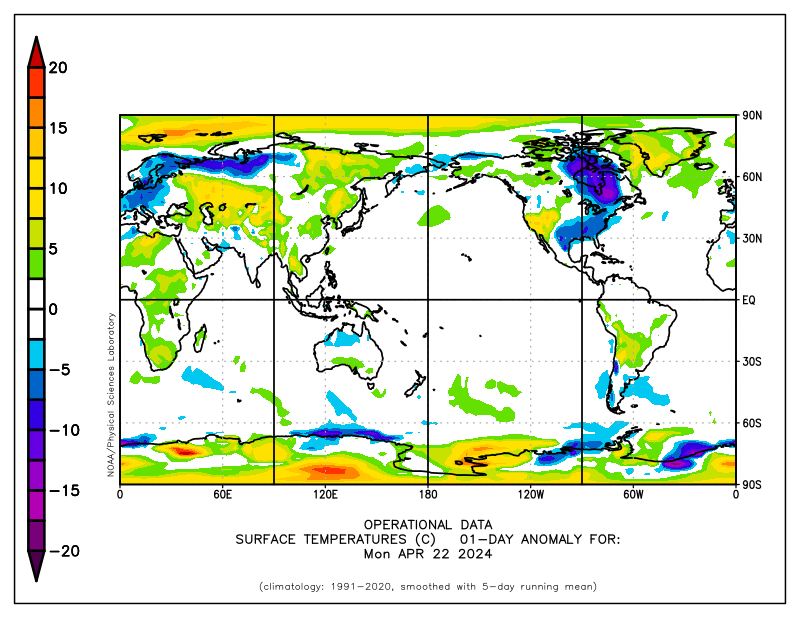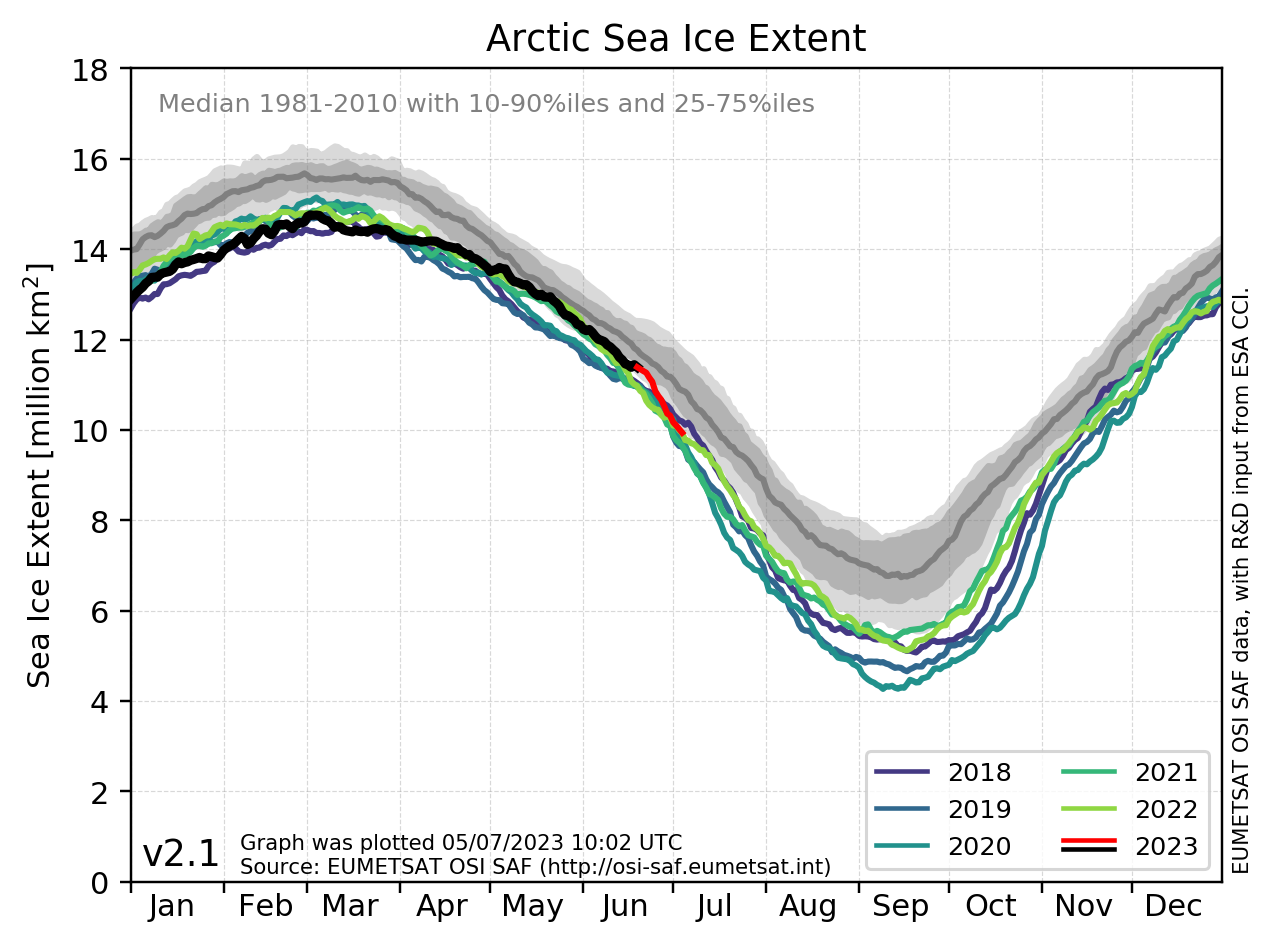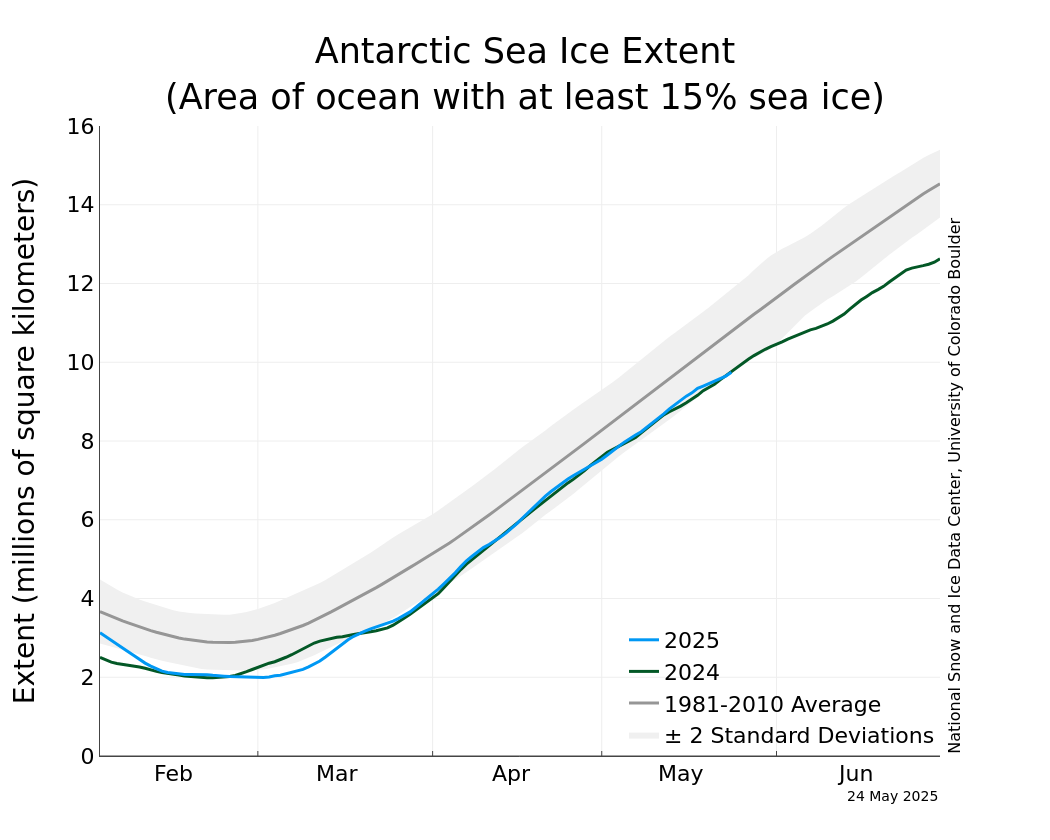There are some reports that the arctic is glowing or burning these days.
First of all:
- The temperatures are still below 0°C.
- The ice area is still increasing.
- It is an observation of about one month in climate history
- 2015/16 we had one of the strongest El Ninos, heating up the atmosphere globally.

Yes, we have here up to 20°C higher temps than average around the north pole.
But we have also up to 20°C lower temps than average around the south pole, in Siberia and in places in Northeast America and Southamerica. Looks ike local weather patterns.
Let's check the ice extend compared to 9 years before (I just couldn't get oter data than march):
This is a comparision of the same date 2007 and 2016. The red/purple area is the sea ice extend:

No so much difference.
Here a fresh graph from 10th of December about the ice extend during the last years in the Arctic:

The black/red line is from this year.
- About the same amount of ice during winter than in previous years.
- This years lots more of ice in the summer than in 2012 (blue line).
- And a tiny blip downwards for a short time in this November / December.
Now check the South Pole ice extend:

During Antarctic winter (September) the sea ice was within the normal range. In november a small downblip, but heading back to normal in December. No drama at all.
Something which happens within some weeks is clearly weather.
So we check for the longer trend:
The Arctic sea ice went down considerably the last 37 years.
The Antarctic sea ice had a pretty incline during the same time.
But here is something interesting: For 13 years (Arctic) and for 15years (Antarctic) we have a pause! One nearly zero trend in sea ice for both areas.
And here an overview of global sea ice area:

No big change in any area of sea ice. Total Global sea ice always close to the 1979-2015 average.
Seems there is always some balancing in any of the Earth's systems.
Keine Kommentare:
Kommentar veröffentlichen